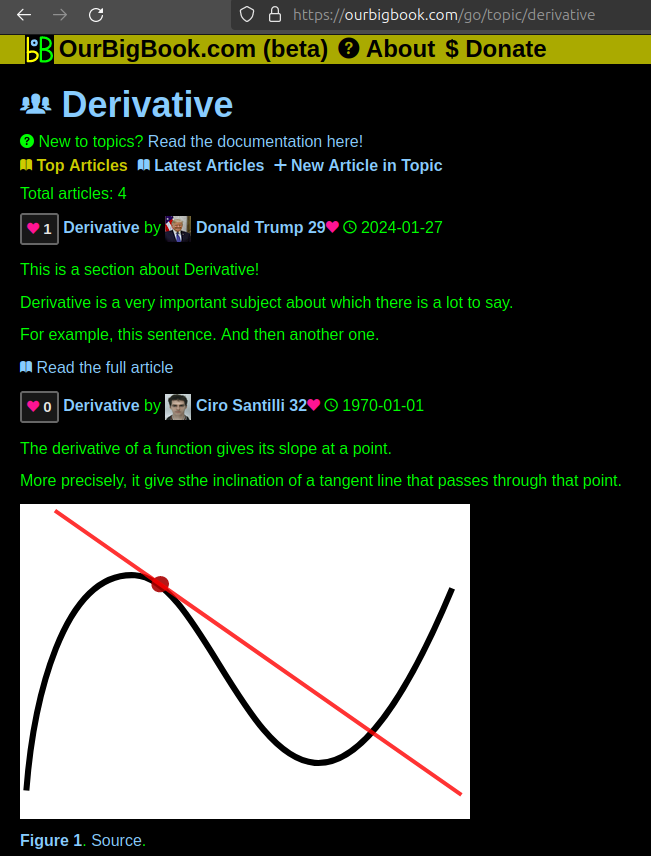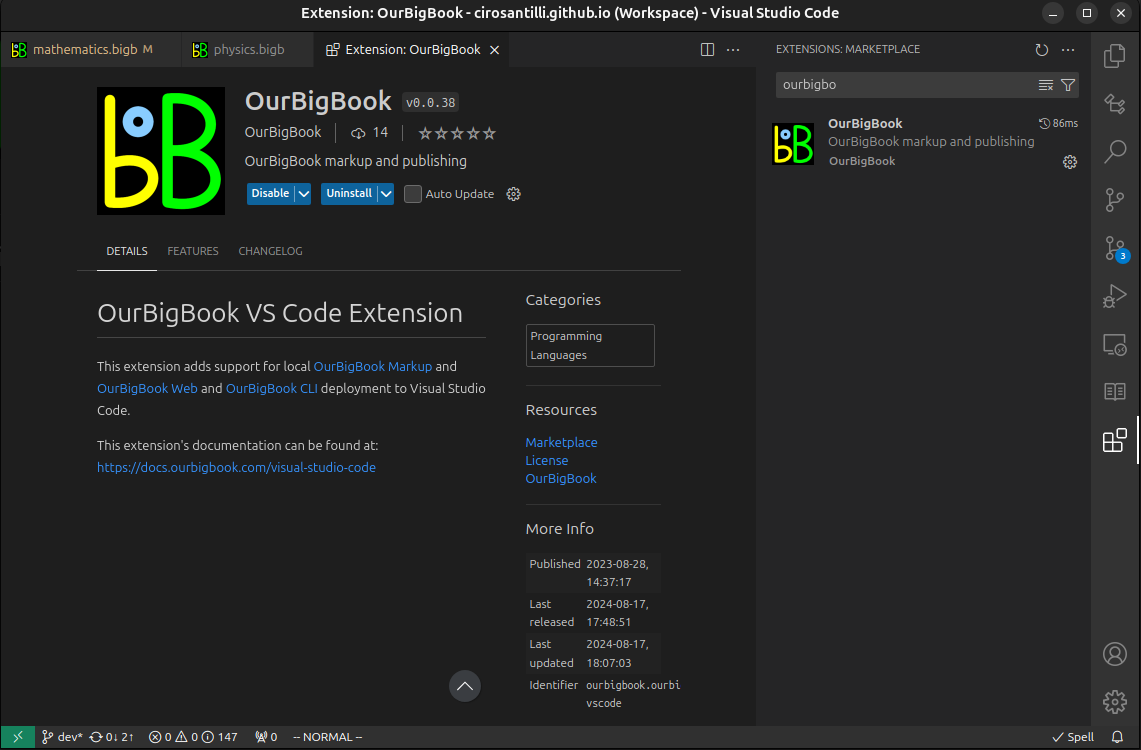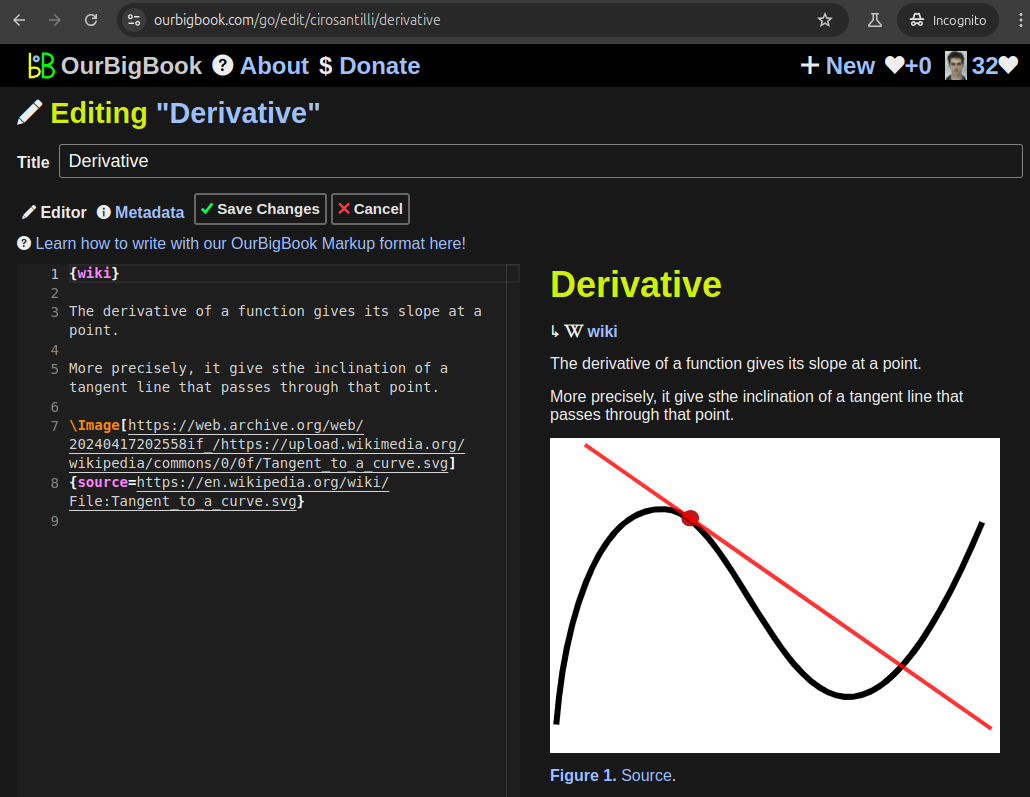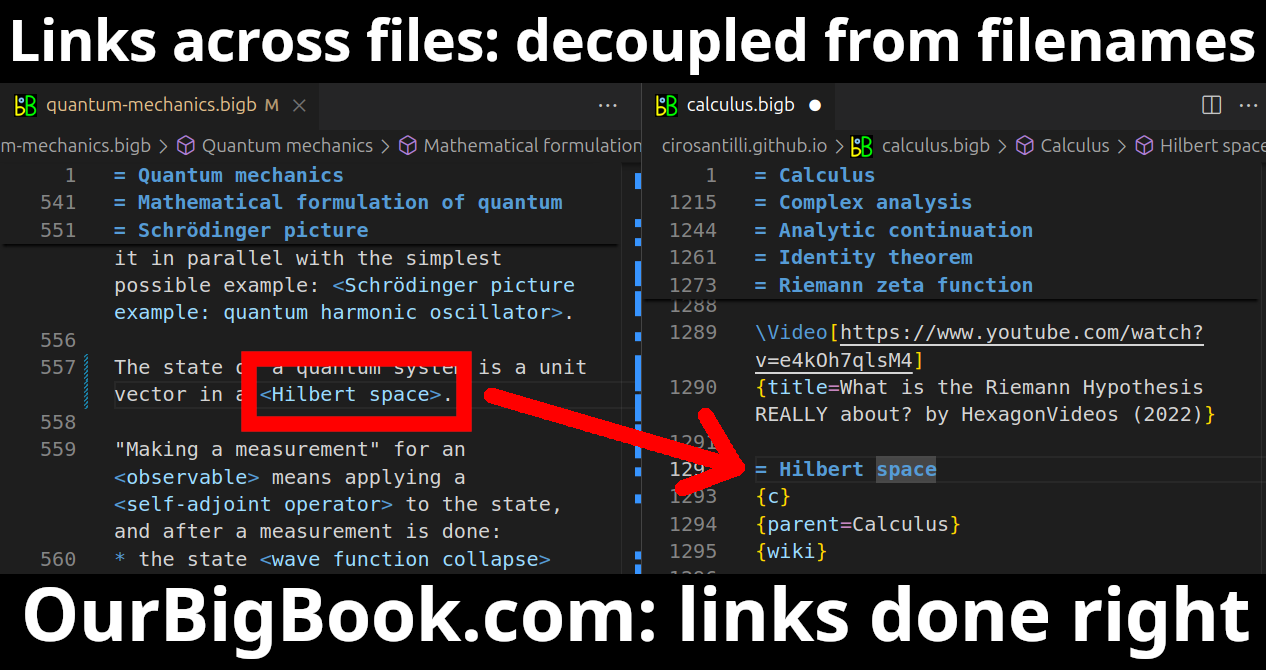phys.libretexts.org/Courses/University_of_California_Davis/UCD%3A_Physics_9HE_-_Modern_Physics/06%3A_Emission_and_Absorption_of_Photons/6.2%3A_Selection_Rules_and_Transition_Times has some very good mentions:
So it appears that if a hydrogen atom emits a photon, it not only has to transition between two states whose energy difference matches the energy of the photon, but it is restricted in other ways as well, if its mode of radiation is to be dipole. For example, a hydrogen atom in its 3p state must drop to either the n=1 or n=2 energy level, to make the energy available to the photon. The n=2 energy level is 4-fold degenerate, and including the single n=1 state, the atom has five different states to which it can transition. But three of the states in the n=2 energy level have l=1 (the 2p states), so transitioning to these states does not involve a change in the angular momentum quantum number, and the dipole mode is not available.So what's the big deal? Why doesn't the hydrogen atom just use a quadrupole or higher-order mode for this transition? It can, but the characteristic time for the dipole mode is so much shorter than that for the higher-order modes, that by the time the atom gets around to transitioning through a higher-order mode, it has usually already done so via dipole. All of this is statistical, of course, meaning that in a large collection of hydrogen atoms, many different modes of transitions will occur, but the vast majority of these will be dipole.It turns out that examining details of these restrictions introduces a couple more. These come about from the conservation of angular momentum. It turns out that photons have an intrinsic angular momentum (spin) magnitude of , which means whenever a photon (emitted or absorbed) causes a transition in a hydrogen atom, the value of l must change (up or down) by exactly 1. This in turn restricts the changes that can occur to the magnetic quantum number: can change by no more than 1 (it can stay the same). We have dubbed these transition restrictions selection rules, which we summarize as:
How many stupid bugs. How many stupid bugs do we need to face???
- this fucking train-wreck cannot come up with a unified documented way of specifying dependencies:So basically
- stackoverflow.com/questions/14399534/reference-requirements-txt-for-the-install-requires-kwarg-in-setuptools-setup-py
- stackoverflow.com/questions/26900328/install-dependencies-from-setup-py
- stackoverflow.com/questions/30797124/how-to-use-setup-py-to-install-dependencies-only/63743115
- stackoverflow.com/questions/6947988/when-to-use-pip-requirements-file-versus-install-requires-in-setup-py
requirements.txtis thepackage-lock.json. But how to generate it cleanly? You would need to create a virtualenv? pip searchwas disabled in 2020: stackoverflow.com/questions/17373473/how-do-i-search-for-an-available-python-package-using-pip. WTF. If server load is a problem, just create a token system! It is hard to understand how such a popular language can't raise enough money to keep such simple server functionality running.
Kind of a synonym for hydrogen emission spectrum not very clear if fine structure is considered by this term or not.
A line set for hydrogen spectral line.
Conda is like pip, except that it also manages shared library dependencies, including providing prebuilts.
This has made Conda very popular in the deep learning community around 2020, where using Python frontends like PyTorch to configure faster precompiled backends was extremely common.
It also means that it is a full package manager and extremely overbloated and blows up all the time. People should just use Docker instead for that kind of stuff: www.reddit.com/r/learnmachinelearning/comments/kd88p8/comment/keco07k/
You also have to buy a license to use their repos if you are part of a large-enough organization: stackoverflow.com/questions/74762863/are-conda-miniconda-and-anaconda-free-to-use-and-open-source
Tested on Ubuntu 20.04:Add to your and then to use it on a shell e.g. with Python 3.9 create the environment with:and then use it with:Now you can use
mkdir -p ~/miniconda3
wget https://repo.anaconda.com/miniconda/Miniconda3-latest-Linux-x86_64.sh -O ~/miniconda3/miniconda.sh
bash ~/miniconda3/miniconda.sh -b -u -p ~/miniconda3
rm -rf ~/miniconda3/miniconda.sh.bashrc:PATH="$PATH:$HOME/miniconda3/bin"conda create -y -n mytest3.9 python=3.9eval "$(command conda 'shell.bash' 'hook' 2> /dev/null)"
conda activate mytest3.9python and pip normally from inside that mytest3.9 environment.At that time, the exact installer under
latest appears to have been: repo.anaconda.com/miniconda/Miniconda3-py311_23.11.0-2-Linux-x86_64.shNon-anomalous: number of splits matches predictions of the Schrödinger equation about the number of possible states with a given angular momentum. TODO does it make numerical predictions?
www.pas.rochester.edu/~blackman/ast104/zeeman-split.html contains the hello world that everyone should know: 2p splits into 3 energy levels, so you see 3 spectral lines from 1s to 2p rather than just one.
It also mentions that polarization effects become visible from this: each line is polarized in a different way. TODO more details as in an experiment to observe this.
Well explained at: Video "Quantum Mechanics 7a - Angular Momentum I by ViaScience (2013)".
Experimental physics - IV: 22 - Zeeman effect by Lehrportal Uni Gottingen (2020)
Source. This one is decent. Uses a cadmium lamp and an etalon on an optical table. They see a more or less clear 3-split in a circular interference pattern,
They filter out all but the transition of interest.
- youtu.be/ZmObNFAqkBE?t=165 passes the lines through a polarizer, which shows how orbital angular momentum is carried by photon polarization
- youtu.be/ZmObNFAqkBE?t=370 says they are looking at 1D2 to 1P1 changes.
The best package ever is: pypi.org/project/china-dictatorship/ see also: cirosantilli.com/china-dictatorship/mirrors
Pinned article: Introduction to the OurBigBook Project
Welcome to the OurBigBook Project! Our goal is to create the perfect publishing platform for STEM subjects, and get university-level students to write the best free STEM tutorials ever.
Everyone is welcome to create an account and play with the site: ourbigbook.com/go/register. We belive that students themselves can write amazing tutorials, but teachers are welcome too. You can write about anything you want, it doesn't have to be STEM or even educational. Silly test content is very welcome and you won't be penalized in any way. Just keep it legal!
Intro to OurBigBook
. Source. We have two killer features:
- topics: topics group articles by different users with the same title, e.g. here is the topic for the "Fundamental Theorem of Calculus" ourbigbook.com/go/topic/fundamental-theorem-of-calculusArticles of different users are sorted by upvote within each article page. This feature is a bit like:
- a Wikipedia where each user can have their own version of each article
- a Q&A website like Stack Overflow, where multiple people can give their views on a given topic, and the best ones are sorted by upvote. Except you don't need to wait for someone to ask first, and any topic goes, no matter how narrow or broad
This feature makes it possible for readers to find better explanations of any topic created by other writers. And it allows writers to create an explanation in a place that readers might actually find it.Figure 1. Screenshot of the "Derivative" topic page. View it live at: ourbigbook.com/go/topic/derivativeVideo 2. OurBigBook Web topics demo. Source. - local editing: you can store all your personal knowledge base content locally in a plaintext markup format that can be edited locally and published either:This way you can be sure that even if OurBigBook.com were to go down one day (which we have no plans to do as it is quite cheap to host!), your content will still be perfectly readable as a static site.
- to OurBigBook.com to get awesome multi-user features like topics and likes
- as HTML files to a static website, which you can host yourself for free on many external providers like GitHub Pages, and remain in full control
Figure 3. Visual Studio Code extension installation.Figure 4. Visual Studio Code extension tree navigation.Figure 5. Web editor. You can also edit articles on the Web editor without installing anything locally.Video 3. Edit locally and publish demo. Source. This shows editing OurBigBook Markup and publishing it using the Visual Studio Code extension.Video 4. OurBigBook Visual Studio Code extension editing and navigation demo. Source. - Infinitely deep tables of contents:
All our software is open source and hosted at: github.com/ourbigbook/ourbigbook
Further documentation can be found at: docs.ourbigbook.com
Feel free to reach our to us for any help or suggestions: docs.ourbigbook.com/#contact





